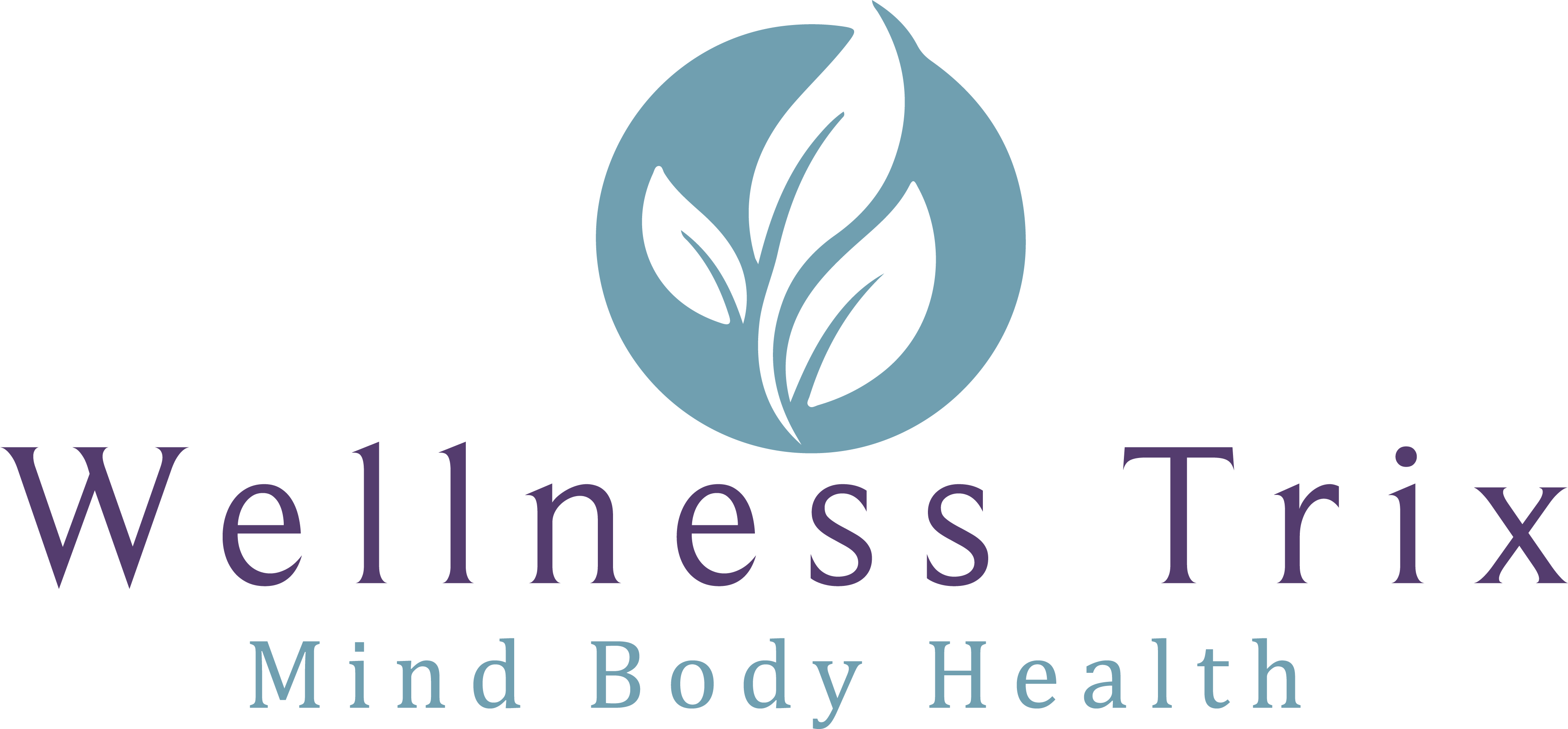Without question, how you stand, walk, sit, sleep, and move every day (and night) will give you the biggest results in creating a strong and aligned core.
Good posture does NOT mean holding your body stiff, with rigid shoulders and a fully braced core.
Instead, it’s about having core muscles that are strong enough to hold your spine in alignment while you’re relaxed (yes, it’s possible!).
This is important because poor posture doesn’t only cause aches and pains, but it can affect the long-term health of your spine and joints … and it even plays a role in your breathing and digestion.
WHAT IS GOOD POSTURE?
There are actually TWO kinds of posture.
DYNAMIC POSTURE is how you hold your body when you are moving – walking, doing chores, exercising, etc.
STATIC POSTURE is how you hold your body when you’re not moving – when you’re sleeping, sitting, or standing.
Both matter!
Your spine is the key to your posture. It has three natural curves – at your neck, mid-back, and low back.
Your head should be above your shoulders, and the top of your shoulders should be over the hips.
Good posture keeps these curves at their perfect angle.
QUICK TIPS TO IMPROVE YOUR POSTURE
When standing, make sure your:
- Shoulders are back, stacked over your hips.
- Ab muscles are engaged.
- Knees are soft (not locked). Hips are in a neutral position – not tipped back (sticking your butt out) or curled under.
- Head is level.
- Arms are hanging down naturally at your sides.
- Feet are shoulder-width apart.
When sitting:
- Your chair should support your back. Use a pillow if your chair doesn’t have a backrest that supports the natural curve of your lower back.
- It should also support your thighs and hips. You should have a padded seat, and when you sit your thighs and hips should be parallel to the floor, and your feet touching the floor. If your chair or desk is too tall for you, you can place a footrest under your feet.
- Keep your shoulders relaxed. Make sure they aren’t rounded forward or pulled back.
- Avoid crossing your legs.
- Switch sitting positions to avoid muscle tension.
- Take brief walks every hour.
- Gently stretch your muscles every hour or so to help relieve muscle tension
Try to do a core workout at least once a week to help improve your posture.
Your core is FAR more than just your ab muscles.
It also includes your spine, pelvic girdle, abdomen, and hip joints. Some definitions even include your lat (upper back) muscles. Plus, your shoulders and chest play a role in your core stability and strength! That means it’s helpful to think about your entire TRUNK comprising your core muscles.
When all of these muscles are aligned and working together, your core is stable and strong. And when your core is stable, your entire body benefits! You’re stronger, more balanced, and can generate more power when needed – helping to prevent injuries and falls!
If you’d like more information about core exercises to help you posture, please feel free to contact me at tracy@wellnesstrix.com or leave a comment below.







About The Author: Tracy Nackel
More posts by Tracy Nackel